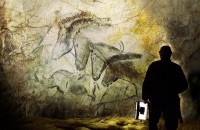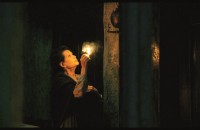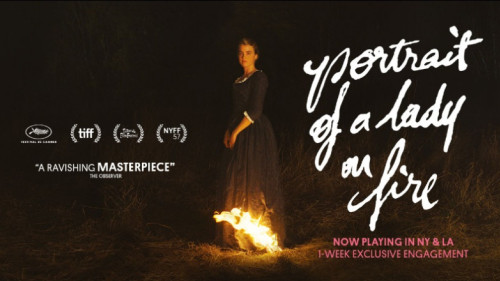Volume 18 issue 1 / January 2014
Spielberg Times 2
In this issue
-

Oblivion: Trouble with Cinematic Memory
-

Political Paranoia as Prophecy: Tom Cruise as the besieged hero in Minority Report and Oblivion
-

Werner Herzog’s Cave of Forgotten Dreams, a film investigation into ancient paintings
-

After Dogme 95: the British experience
-

Gebo and the Shadow (O Gebo e a Sombra)
In this somewhat mixed bag issue there is a mini focus on Spielberg’s science-fiction films Oblivion and Minoirity Report, followed by an examination of Herzog’s Caves of Forgotten Dreams as a film that looks at its subject as the spiritual source of art, an analysis of two British responses to the Dogme 95 manifesto, a Dogme 95 influenced Production initiative by the Glasgow Film Office, and a review of a recent film made by the (unquestionably) oldest working director, Manoel de Oliveira’s Gebo and the Shadow (O Gebo e a Sombra). In Stephen Rife’s essay on Oblivion he looks at the film’s remarkable use of digital technology, to achieve what he refers to as its “degree of physicality” (something I find often missing in CGI effects and digital films) through its use of location photography and natural lighting. Rife’s review also recalls an earlier same titled Science Fiction film, Oblivion, 1994, from Charles Band’s low end production house, Full Moon Entertainment. In his two-pronged Spielberg essay Daniel Garrett spends more time on Minority Report, but places both Minority Report and Oblivion within the post 9/11 (and earlier) sense of paranoia which has given various US governments a license to investigate not only established criminals, but potential criminals. A climate of fear-sanctioned surveillance. With the license to extrapolate, science-fiction film has always taken the possible and made it real (fictionally speaking), giving us a peek at what might happen if certain social and political actions were left unchecked, or taken to an extreme. Which leads to Minority Report’s plot, where the government has in place a system to predict crime, and takes action by arresting people who are suspected of future crime. The plot recalls the 1974 thriller Man on a Swing, where Joel Grey plays a psychic enlisted by the police to help solve a crime. Man on a Swing was in fact one of several films in the mid-1970s that dealt with clairvoyants involved in mystery solving: Baffled, 1972, The Eyes of Charles Sand, 1972, and Visions (1972) (see DVD Beaver, review of Man on a Swing Blu-ray). It is a nice happenstance that this issue’s mini spotlight on Steven Speilberg coincides with the release of an ebook from a new online Publishing Company Take2 which collates the best of online writing on Steven Spielberg in the volume, Take2 Guide To Steven Spielberg. The book marks Take2’s first publication and features, among many contributors, an essay from Offscreen. The philosophy behind this venture is that there is a lot of good and great writing on cinema on the internet, but finding them can be sometimes difficult. Take2 removes the onus on the reader to search out for these essays by searching for thematically related essays, contacting the writers, ensuring reprint rights, and collating the essays/articles into theme Readers. For a comical video plug of the book click here; and for a list of contributors to the volume, click here. (Donato Totaro, ed.)









